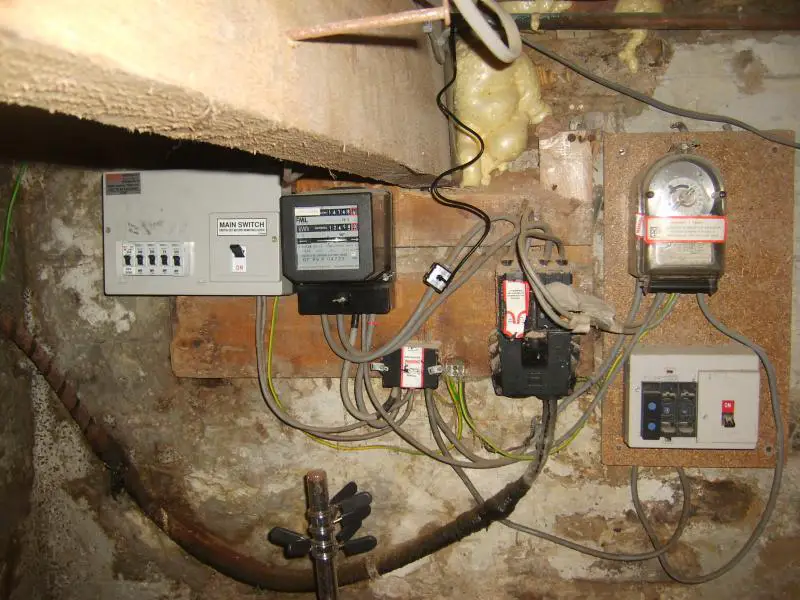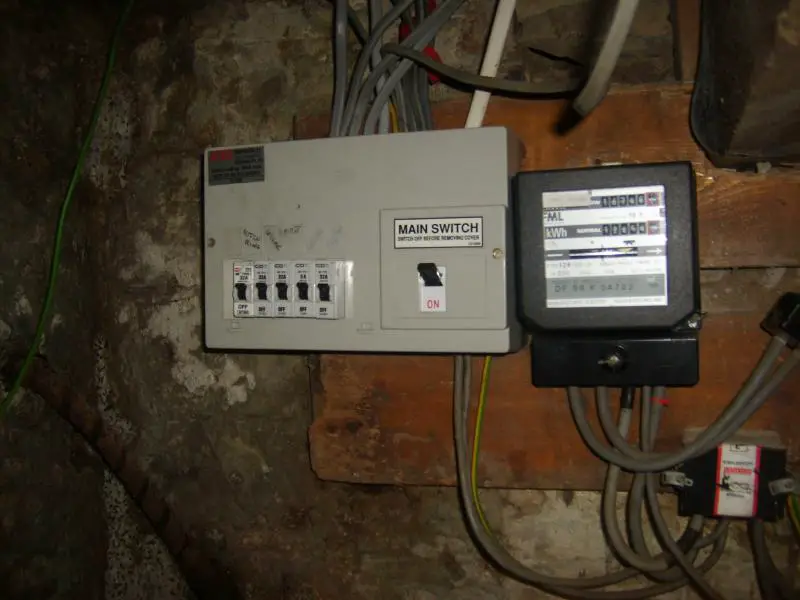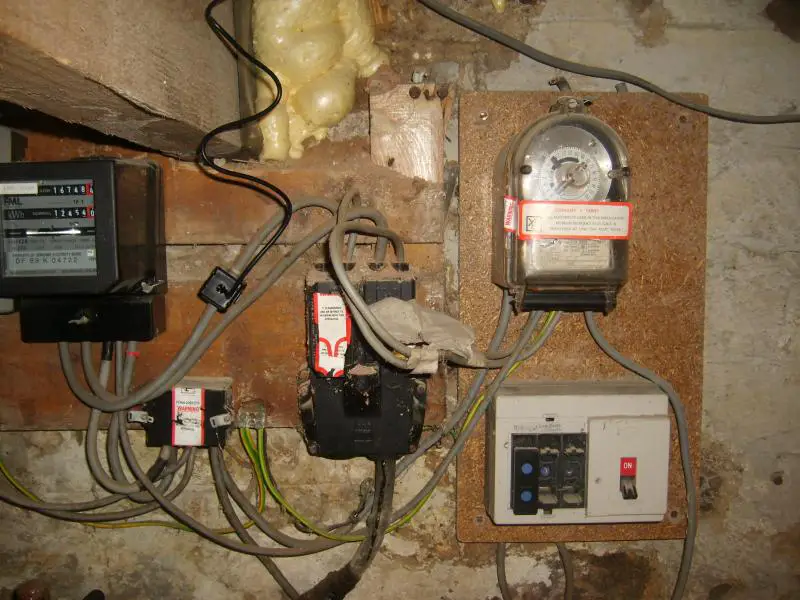Just read a post by someone who lost a friend to an electrical house fire and it's made be think about the condition of our electrics. I've recently had a son which made me all cautious about gas fittings so I get the boiler serviced annually and fiited a carbon monoxide alarm but I never really gave the electrics a second thought.
Do many people here have their electrics checked annually? What does a typical inspection look for? I assume it will tell me my electrics are safe or not.
When is it time to have the wiring renewed? I have a radial circuit with the exception of the kitchen which is a new ring. Is there ever a reason to switch from a radial to ring? Is that determined by the electrical load I'm putting on the circuit?
How do you decide if you need a new consumer unit? Age/electrical load/other?
A new installation would obviously make things easier when I sell the house but is this a good reason for a renew if the current setup is tested and confirmed safe?
Sorry for the barrage of questions, just interested to get people views.
Thanks
Do many people here have their electrics checked annually? What does a typical inspection look for? I assume it will tell me my electrics are safe or not.
When is it time to have the wiring renewed? I have a radial circuit with the exception of the kitchen which is a new ring. Is there ever a reason to switch from a radial to ring? Is that determined by the electrical load I'm putting on the circuit?
How do you decide if you need a new consumer unit? Age/electrical load/other?
A new installation would obviously make things easier when I sell the house but is this a good reason for a renew if the current setup is tested and confirmed safe?
Sorry for the barrage of questions, just interested to get people views.
Thanks




